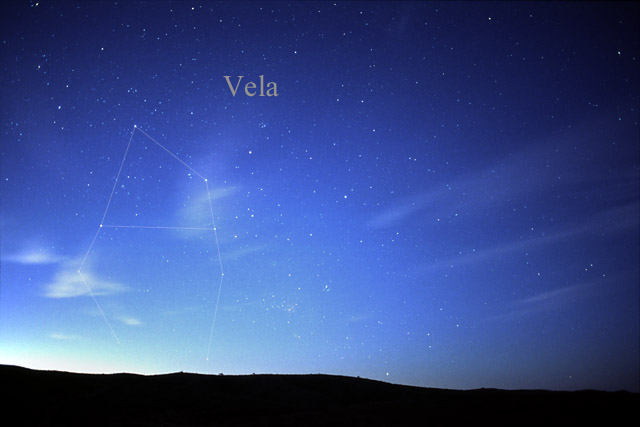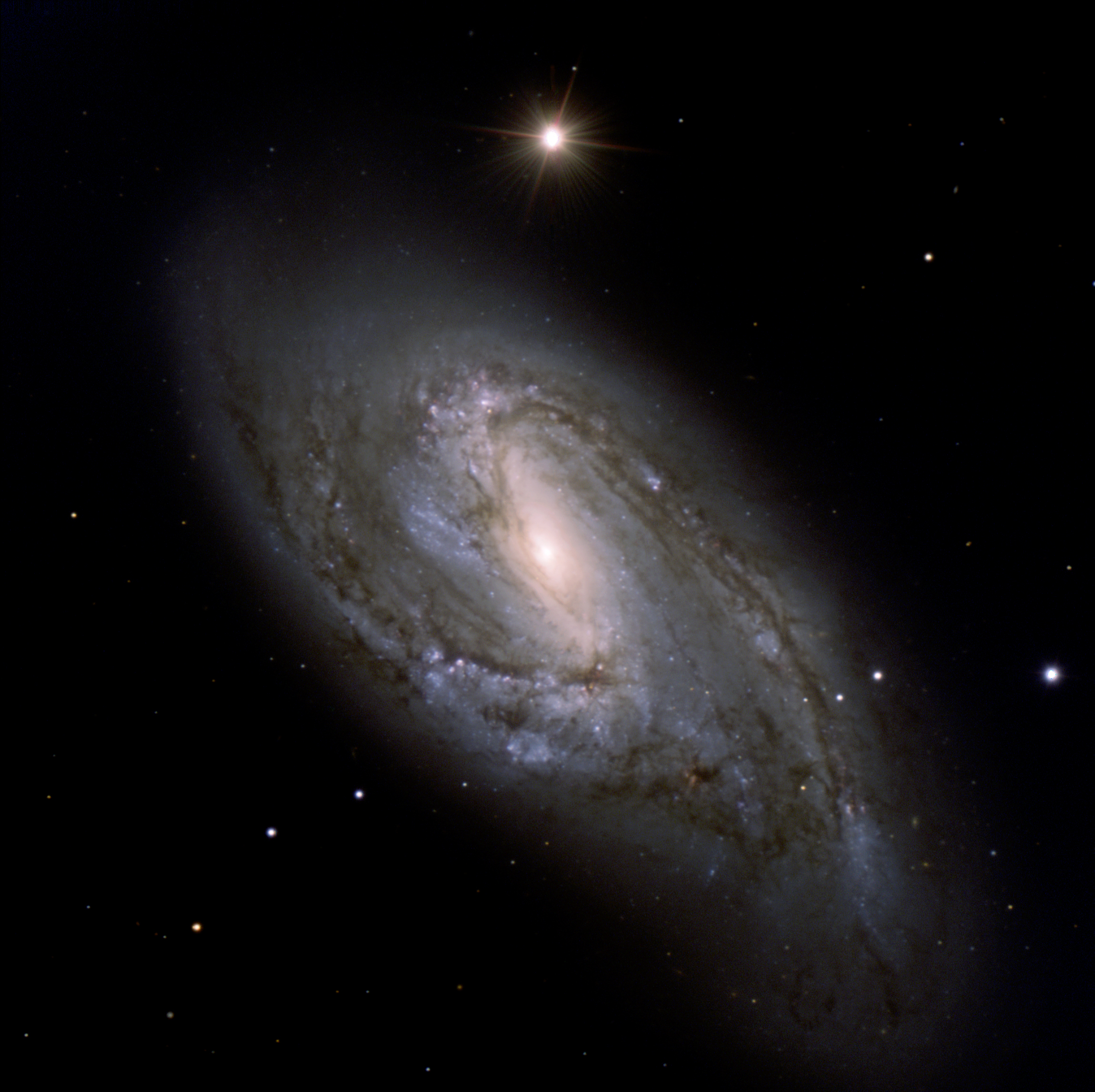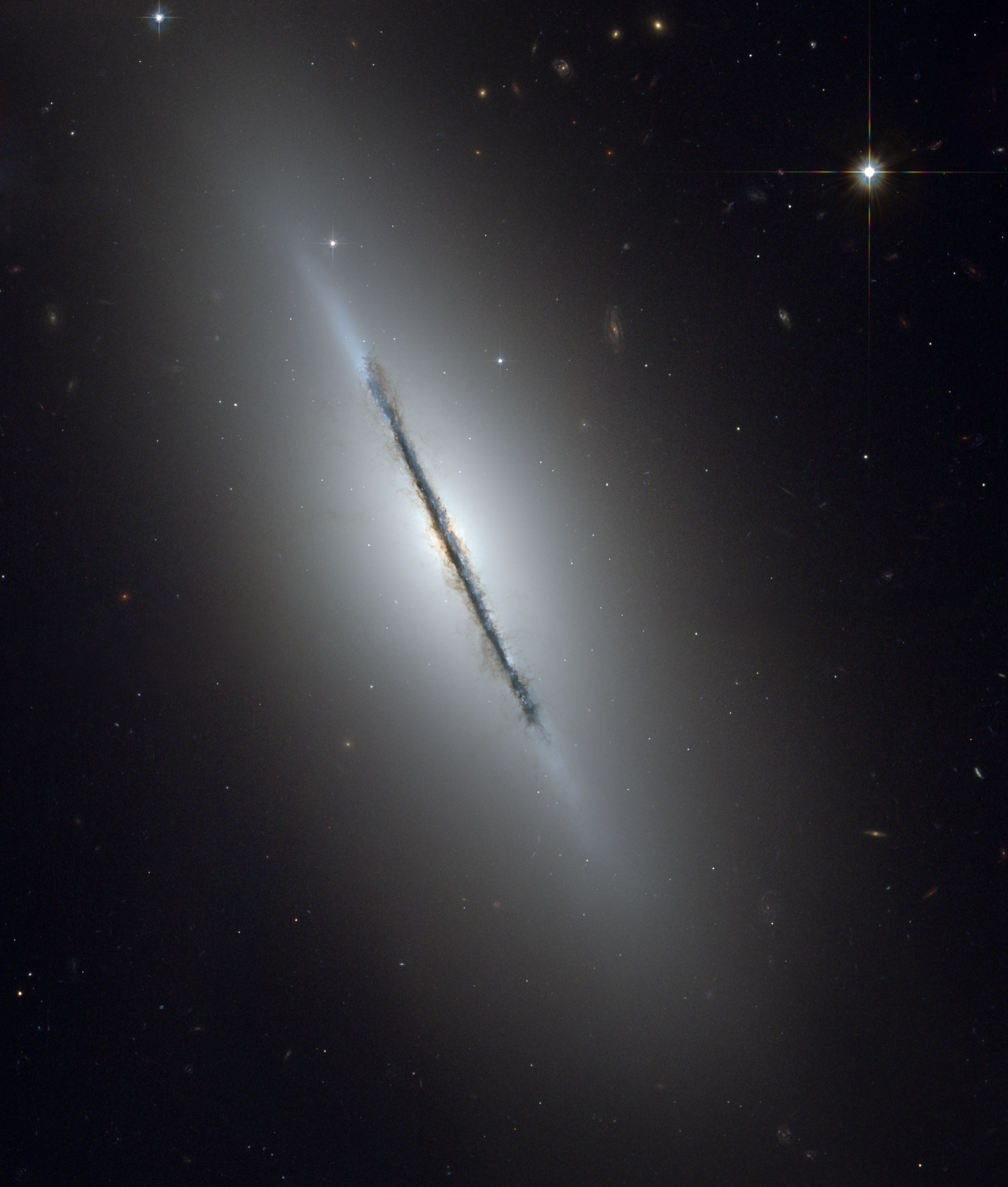|
List Of NGC Objects (3001–4000)
This is a list of NGC objects 3001–4000 from the New General Catalogue (NGC). The astronomical catalogue is composed mainly of star clusters, nebulae, and galaxies. Other objects in the catalogue can be found in the other subpages of the list of NGC objects. The constellation information in these tables is taken from ''The Complete New General Catalogue and Index Catalogue of Nebulae and Star Clusters by J. L. E. Dreyer'', which was accessed using the "VizieR Service". Galaxy types are identified using the ''NASA/IPAC Extragalactic Database''. Other data are from the SIMBAD Astronomical Database unless otherwise stated. 3001–3100 3101–3200 3201–3300 3301–3400 3401–3500 3501–3600 3601–3700 3701–3800 3801–3900 3901–4000 See also * Lists of astronomical objects This is a list of lists, grouped by type of astronomical object. Solar System * List of Solar System objects * List of gravitationally rounded objects of the Sol ... [...More Info...] [...Related Items...] OR: [Wikipedia] [Google] [Baidu] |
NGC 3244
NGC 3244 is a spiral galaxy, spiral galaxy in the Antlia constellation discovered by John Herschel on April 22, 1835. A supernova was detected in NGC 3244 on June 27, 2010, designated SN 2010ev. With an apparent magnitude of about 14, it was the third-brightest supernova observed in 2010. See also * New General Catalogue Gallery NGC 3244 GALEX WikiSky.jpg, NGC 3244 by GALEX References External links * Unbarred spiral galaxies Astronomical objects discovered in 1835, 18350422 NGC objects, 3244 Principal Galaxies Catalogue objects, 30594 Antlia {{Spiral-galaxy-stub ... [...More Info...] [...Related Items...] OR: [Wikipedia] [Google] [Baidu] |
Leo Minor
Leo Minor is a small and faint constellation in the northern celestial hemisphere. Its name is Latin for "the smaller lion", in contrast to Leo, the larger lion. It lies between the larger and more recognizable Ursa Major to the north and Leo to the south. Leo Minor was not regarded as a separate constellation by classical astronomers; it was designated by Johannes Hevelius in 1687. There are 37 stars brighter than apparent magnitude 6.5 in the constellation; three are brighter than magnitude 4.5. 46 Leonis Minoris, an orange giant of magnitude 3.8, is located some 95 light-years from Earth. At magnitude 4.4, Beta Leonis Minoris is the second-brightest star and the only one in the constellation with a Bayer designation. It is a binary star, the brighter component of which is an orange giant and the fainter a yellow-white main sequence star. The third-brightest star is 21 Leonis Minoris, a rapidly rotating white main-sequence star of avera ... [...More Info...] [...Related Items...] OR: [Wikipedia] [Google] [Baidu] |
Irregular Galaxy
An irregular galaxy is a galaxy that does not have a distinct regular shape, unlike a spiral or an elliptical galaxy. Irregular galaxies do not fall into any of the regular classes of the Hubble sequence, and they are often chaotic in appearance, with neither a nuclear bulge nor any trace of spiral arm structure. Collectively they are thought to make up about a quarter of all galaxies. Some irregular galaxies were once spiral or elliptical galaxies but were deformed by an uneven external gravitational force. Irregular galaxies may contain abundant amounts of gas and dust. This is not necessarily true for dwarf irregulars. Irregular galaxies are commonly small, about one tenth the mass of the Milky Way galaxy. Due to their small sizes, they are prone to environmental effects like crashing with large galaxies and intergalactic clouds. Types There are three major types of irregular galaxies: * An Irr-I galaxy (Irr I) is an irregular galaxy that features some structure but not ... [...More Info...] [...Related Items...] OR: [Wikipedia] [Google] [Baidu] |
NGC 3034
Messier 82 (also known as NGC 3034, Cigar Galaxy or M82) is a starburst galaxy approximately 12 million light-years away in the constellation Ursa Major. It is the second-largest member of the M81 Group, with the D25 isophotal diameter of . It is about five times more luminous than the Milky Way and its central region is about one hundred times more luminous. The starburst activity is thought to have been triggered by interaction with neighboring galaxy M81. As one of the closest starburst galaxies to Earth, M82 is the prototypical example of this galaxy type. SN 2014J, a type Ia supernova, was discovered in the galaxy on 21 January 2014. In 2014, in studying M82, scientists discovered the brightest pulsar yet known, designated M82 X-2. Discovery M82, with M81, was discovered by Johann Elert Bode in 1774; he described it as a "nebulous patch", this one about degree away from the other, "very pale and of elongated shape". In 1779, Pierre Méchain independently rediscovered ... [...More Info...] [...Related Items...] OR: [Wikipedia] [Google] [Baidu] |
Vela (constellation)
Vela is a constellation in the southern sky, which contains the Vela Supercluster. Its name is Latin for the sails of a ship, and it was originally part of a larger constellation, the ship ''Argo Navis'', which was later divided into three parts, the others being Carina (constellation), Carina and Puppis. With an apparent magnitude of 1.8, its brightest star is the hot blue multiple star Gamma Velorum, one component of which is the brightest Wolf–Rayet star, Wolf-Rayet star in the sky. Delta Velorum, Delta and Kappa Velorum, together with Epsilon Carinae, Epsilon and Iota Carinae, form the asterism (astronomy), asterism known as the False Cross. 1.95-magnitude Delta is actually a triple or quintuple star system. History Argo Navis was one of the 48 classical constellations listed by the 2nd-century astronomer Ptolemy, and represented the ship ''Argo'', used by Jason and the Argonauts on their quest for the Golden Fleece in Greek mythology. German cartographer Johann Bayer depic ... [...More Info...] [...Related Items...] OR: [Wikipedia] [Google] [Baidu] |
Open Cluster
An open cluster is a type of star cluster made of up to a few thousand stars that were formed from the same giant molecular cloud and have roughly the same age. More than 1,100 open clusters have been discovered within the Milky Way galaxy, and many more are thought to exist. They are loosely bound by mutual gravity, gravitational attraction and become disrupted by close encounters with other clusters and clouds of gas as they orbit the Galactic Center. This can result in a migration to the main body of the galaxy and a loss of cluster members through internal close encounters. Open clusters generally survive for a few hundred million years, with the most massive ones surviving for a few billion years. In contrast, the more massive globular clusters of stars exert a stronger gravitational attraction on their members, and can survive for longer. Open clusters have been found only in spiral galaxy, spiral and irregular galaxy, irregular galaxies, in which active star formation is o ... [...More Info...] [...Related Items...] OR: [Wikipedia] [Google] [Baidu] |
NGC 3033
NGC commonly refers to: * New General Catalogue of Nebulae and Clusters of Stars, a catalogue of deep sky objects in astronomy NGC may also refer to: Companies * NGC Corporation, name of US electric company Dynegy, Inc. from 1995 to 1998 * National Gas Company of Trinidad and Tobago, state-owned natural gas company in Trinidad and Tobago * National Grid plc, a former name of National Grid Electricity Transmission plc, the operator of the British electricity transmission system * Northrop Grumman Corporation, aerospace and defense conglomerate formed from the merger of Northrop Corporation and Grumman Corporation in 1994 * Numismatic Guaranty Corporation, coin certification company in the United States Other uses * National Gallery of Canada, art gallery founded in 1880 in Ottawa, Canada * National Geographic, documentary and reality television channel established in the United States in 2001 formerly called National Geographic Channel * Native Girls Code, US non-profit org ... [...More Info...] [...Related Items...] OR: [Wikipedia] [Google] [Baidu] |
Leo (constellation)
Leo is one of the constellations of the zodiac, between Cancer (constellation), Cancer the crab to the west and Virgo (constellation), Virgo the maiden to the east. It is located in the Northern celestial hemisphere. Its name is Latin for lion, and to the ancient Greeks represented the Nemean Lion killed by the mythical Greek hero Heracles meaning 'Glory of Hera' (known to the ancient Romans as Hercules) as one of his Twelve Labours, twelve labors. Its old astronomical symbol is (♌︎). One of the 48 constellations described by the 2nd-century astronomer Ptolemy, Leo remains one of the 88 modern constellations today, and one of the most easily recognizable due to its many bright stars and a distinctive shape that is reminiscent of the crouching lion it depicts. The lion's mane and shoulders also form an asterism (astronomy), asterism known as "The Sickle," which to modern observers may resemble a backwards "question mark." Features Stars Leo contains many bright stars, many ... [...More Info...] [...Related Items...] OR: [Wikipedia] [Google] [Baidu] |
Lenticular Galaxy
A lenticular galaxy (denoted S0) is a type of galaxy intermediate between an elliptical (denoted E) and a spiral galaxy in galaxy morphological classification schemes. It contains a large-scale disc but does not have large-scale spiral arms. Lenticular galaxies are disc galaxies that have used up or lost most of their interstellar matter and therefore have very little ongoing star formation. They may, however, retain significant dust in their disks. As a result, they consist mainly of aging stars (like elliptical galaxies). Despite the morphological differences, lenticular and elliptical galaxies share common properties like spectral features and scaling relations. Both can be considered early-type galaxies that are passively evolving, at least in the local part of the Universe. Connecting the E galaxies with the S0 galaxies are the ES galaxies with intermediate-scale discs. Morphology and structure Classification Lenticular galaxies are unique in that they have a visibl ... [...More Info...] [...Related Items...] OR: [Wikipedia] [Google] [Baidu] |
NGC 3032
NGC commonly refers to: * New General Catalogue of Nebulae and Clusters of Stars, a catalogue of deep sky objects in astronomy NGC may also refer to: Companies * NGC Corporation, name of US electric company Dynegy, Inc. from 1995 to 1998 * National Gas Company of Trinidad and Tobago, state-owned natural gas company in Trinidad and Tobago * National Grid plc, a former name of National Grid Electricity Transmission plc, the operator of the British electricity transmission system * Northrop Grumman Corporation, aerospace and defense conglomerate formed from the merger of Northrop Corporation and Grumman Corporation in 1994 * Numismatic Guaranty Corporation, coin certification company in the United States Other uses * National Gallery of Canada, art gallery founded in 1880 in Ottawa, Canada * National Geographic, documentary and reality television channel established in the United States in 2001 formerly called National Geographic Channel * Native Girls Code, US non-profit org ... [...More Info...] [...Related Items...] OR: [Wikipedia] [Google] [Baidu] |
Ursa Major
Ursa Major (; also known as the Great Bear) is a constellation in the northern sky, whose associated mythology likely dates back into prehistory. Its Latin name means "greater (or larger) bear," referring to and contrasting it with nearby Ursa Minor, the lesser bear. In antiquity, it was one of the original 48 constellations listed by Ptolemy in the 2nd century AD, drawing on earlier works by Greek, Egyptian, Babylonian, and Assyrian astronomers. Today it is the third largest of the 88 modern constellations. Ursa Major is primarily known from the asterism of its main seven stars, which has been called the "Big Dipper," "the Wagon," "Charles's Wain," or "the Plough," among other names. In particular, the Big Dipper's stellar configuration mimics the shape of the "Little Dipper." Two of its stars, named Dubhe and Merak ( α Ursae Majoris and β Ursae Majoris), can be used as the navigational pointer towards the place of the current northern pole star, Polaris in Ursa Mino ... [...More Info...] [...Related Items...] OR: [Wikipedia] [Google] [Baidu] |
NGC 3031
Messier 81 (also known as NGC 3031 or Bode's Galaxy) is a grand design spiral galaxy about 12 million light-years away in the constellation Ursa Major. It has a D25 isophotal diameter of . Because of its relative proximity to the Milky Way galaxy, large size, and active galactic nucleus (which harbors a 70 million supermassive black hole), Messier 81 has been studied extensively by professional astronomers. The galaxy's large size and relatively high brightness also makes it a popular target for amateur astronomers. In late February 2022, astronomers reported that M81 may be the source of FRB 20200120E, a repeating fast radio burst. Discovery Messier 81 was first discovered by Johann Elert Bode on 31 December 1774. Thus, it is sometimes referred to as "Bode's Galaxy". In 1779, Pierre Méchain and Charles Messier reidentified Bode's object, hence listed it in the Messier Catalogue. Visibility The galaxy is to be found approximately 10° northwest of Al ... [...More Info...] [...Related Items...] OR: [Wikipedia] [Google] [Baidu] |






